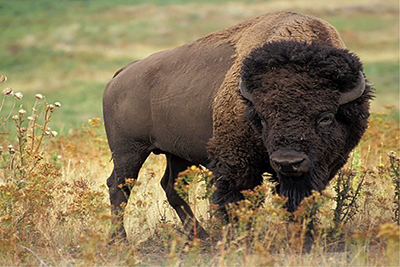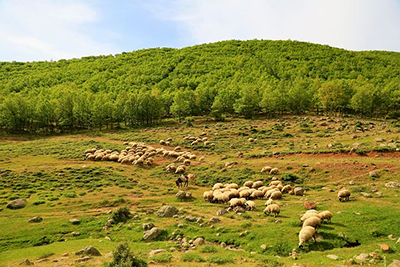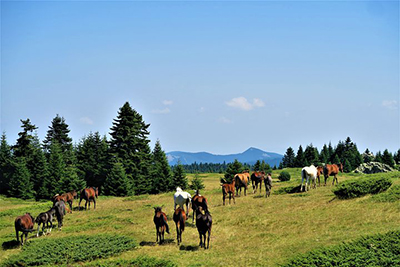The height of grass correlates with the amount of rainfall it receives. Grasslands receive about 500 to 900 mm of rain per year compared to deserts, which receive less than 300 mm and tropical forests, which receive more than 2,000 mm. While temperatures are often extreme in some grasslands, the average temperatures are about -20°C to 30°C. Tropical grasslands have dry and wet seasons that remain warm all the time. Temperate grasslands have cold winters and warm summers with some rain.
The grasses die back to their roots annually and the soil and the sod protect the roots and the new buds from the cold of winter or dry conditions. A few trees may be found in this biome along the streams, but not many due to the lack of rainfall.
- Temperature: Yearly range from 102 degrees to -4 degrees
- Vegetation: Grasses. Lots.
- Location: Great Plains of North American, Pampas of South America, veldt of South Africa, the steppes of Central Eurasia, surrounding the desert in Australia.
Examples of Grassland Visuals
 |
 |
 |
